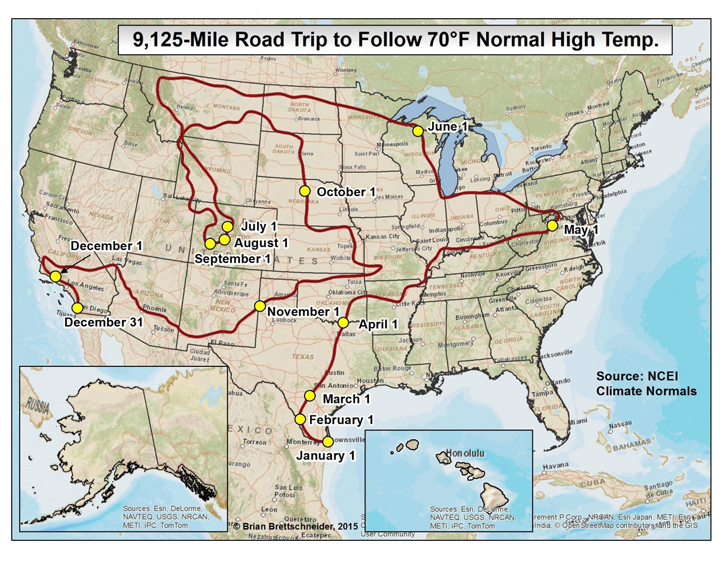Sitzbank in Dinette umbauen
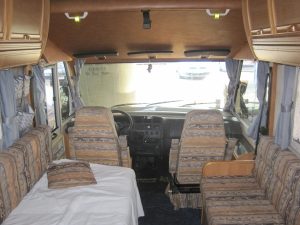 Wir hatten eine recht nutzlose Sitzbank in unserem Frankia und meine Frau ist auf die Idee gekommen, sie rauszureißen und einen Boden einzuziehen, so daß wir einen Stuhl und einen Tisch nutzen können.
Wir hatten eine recht nutzlose Sitzbank in unserem Frankia und meine Frau ist auf die Idee gekommen, sie rauszureißen und einen Boden einzuziehen, so daß wir einen Stuhl und einen Tisch nutzen können.
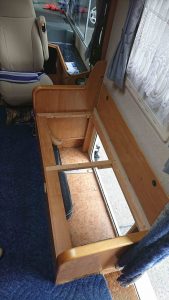 Ein Problem waren die verschiedenen Geräte, die in der Bank waren. Das Solar-Ladegerät, der zentrale Stromverteiler mit den Sicherungen und der Inverter für 220Volt mussten umgesetzt werden. Dann sind die Rohre der Heizung, die auch umgelegt werden mussten. Der Sicherungskasten für 220V musste bleiben, da ne Menge Kabel da reingehen.
Ein Problem waren die verschiedenen Geräte, die in der Bank waren. Das Solar-Ladegerät, der zentrale Stromverteiler mit den Sicherungen und der Inverter für 220Volt mussten umgesetzt werden. Dann sind die Rohre der Heizung, die auch umgelegt werden mussten. Der Sicherungskasten für 220V musste bleiben, da ne Menge Kabel da reingehen.
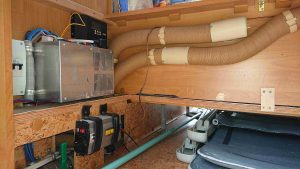 Hier ist nun schon die Sitzbank ausgebaut.
Hier ist nun schon die Sitzbank ausgebaut.
Die Wand habe ich auch gleich gestrichen.
Die Elektronik wandert auf den Boden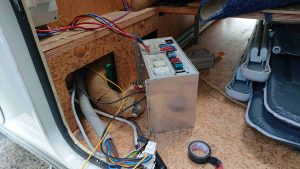
Die neue Bodenplatte wird eingebaut, sie liegt auf 5 Stempeln. Da in der Mitte Platz für die Gartenmöbel gelassen werden muss, schwingt es noch etwas durch.
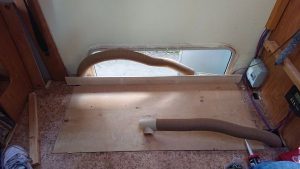 Die alte Front wird als Abschluss eingebaut, dahinter liegt der Heizungsschlauch. Das Solar-Ladegerät wandert nach außen.
Die alte Front wird als Abschluss eingebaut, dahinter liegt der Heizungsschlauch. Das Solar-Ladegerät wandert nach außen.

Das Seitenteil der Bank habe ich versetzt, so können wir jetzt Flaschen reinstellen.
Da ich die Teile der Bank wiederverwendet habe und die Bodenplatte noch rumliegen hatte, hat der ganze Umbau nur Zeit, aber kein Geld gekostet.



